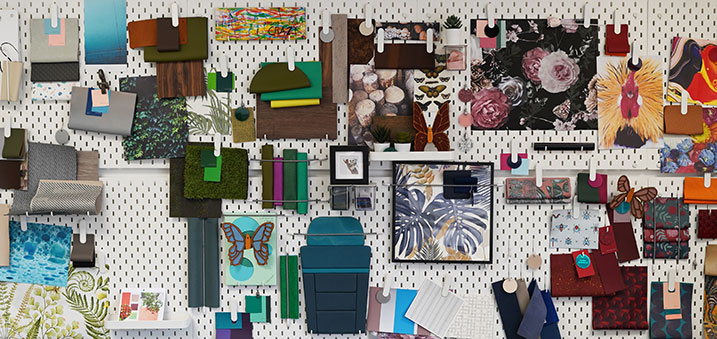
Shaping tomorrow's car designers: The role of sustainable choices
When it comes to automotive innovation and design, sustainability is a crucial driver. And the next generation of car designers has the power to shape a cleaner and greener future by understanding the impact of material choices on the environment.
Navigating material choices: leather vs. alternatives
As one of the oldest and most natural materials, leather - when responsibly made - remains one of the most sustainable and ecological materials available.
Despite misleading eco-friendly marketing, many leather alternatives often contribute to extensive waste generation and the release of hazardous substances. For tomorrow’s car designers, understanding the nuances of these materials is critical, as over 80% of all product-related environmental impacts are determined during the design and material sourcing phase.
The challenge lies in identifying truly sustainable materials from those merely marketed as such. Each material choice carries its own set of environmental considerations and benefits. Transparency in material sourcing, especially with the emergence of new alternative materials, is imperative. Many synthetic alternatives contain large amounts of plastic and are difficult to recycle, so often end up in landfill. Designers must be able to evaluate the entire lifecycle of materials to move towards genuine sustainable innovation.
Leather is often misunderstood regarding its environmental impact. Responsibly sourced leather is far more sustainable than many leather alternatives.
Leading the way in sustainable leather
Bridge of Weir Leather has the lowest carbon footprint of any leather maker in the world and adheres to strict environmental standards to offer a model for sustainable leather. We source over 98% of our rawhides locally, all of which are a by-product of the beef industry, from farmers who prioritise animal welfare to ensure high-quality, ethically sourced raw materials.

With a fully transparent supply chain meeting the highest standards, we are also committed to driving deforestation-free leather.
Fostering industry-education partnerships for sustainable design
Education and awareness are pivotal in shaping future industry practices. Despite technological advancements, there are still gaps in knowledge and sustainable practices. Bridging these gaps requires collaboration between educational institutions and the industry.
Empowering the next generation of automotive designers to prioritise sustainable materials and practices is essential. This empowerment can be achieved through industry-wide collaboration and knowledge-sharing initiatives.
For example, Coventry University’s Automotive and Transport Design department recently participated in a leather educational workshop at the Bridge of Weir Leather Advanced Design Studio in Warwick, offering students an invaluable opportunity to engage directly with experts and learn about sustainable materials and practices in the automotive industry.
Partnerships between educational institutions and industry leaders provide hands-on experience and foster a deeper understanding of sustainable practices to help future designers make informed choices.

Designers must explore materials and technologies that reduce environmental impact while maintaining functionality and aesthetic appeal. Sustainable design is not about compromising on quality or creativity but finding ways to integrate environmental responsibility into every aspect of the design process.
As future leaders in automotive design, the next generation has a responsibility and opportunity to choose only the highest quality, most sustainable materials - but it’s also incumbent on the materials industry to give them the information they need to make the right choices.